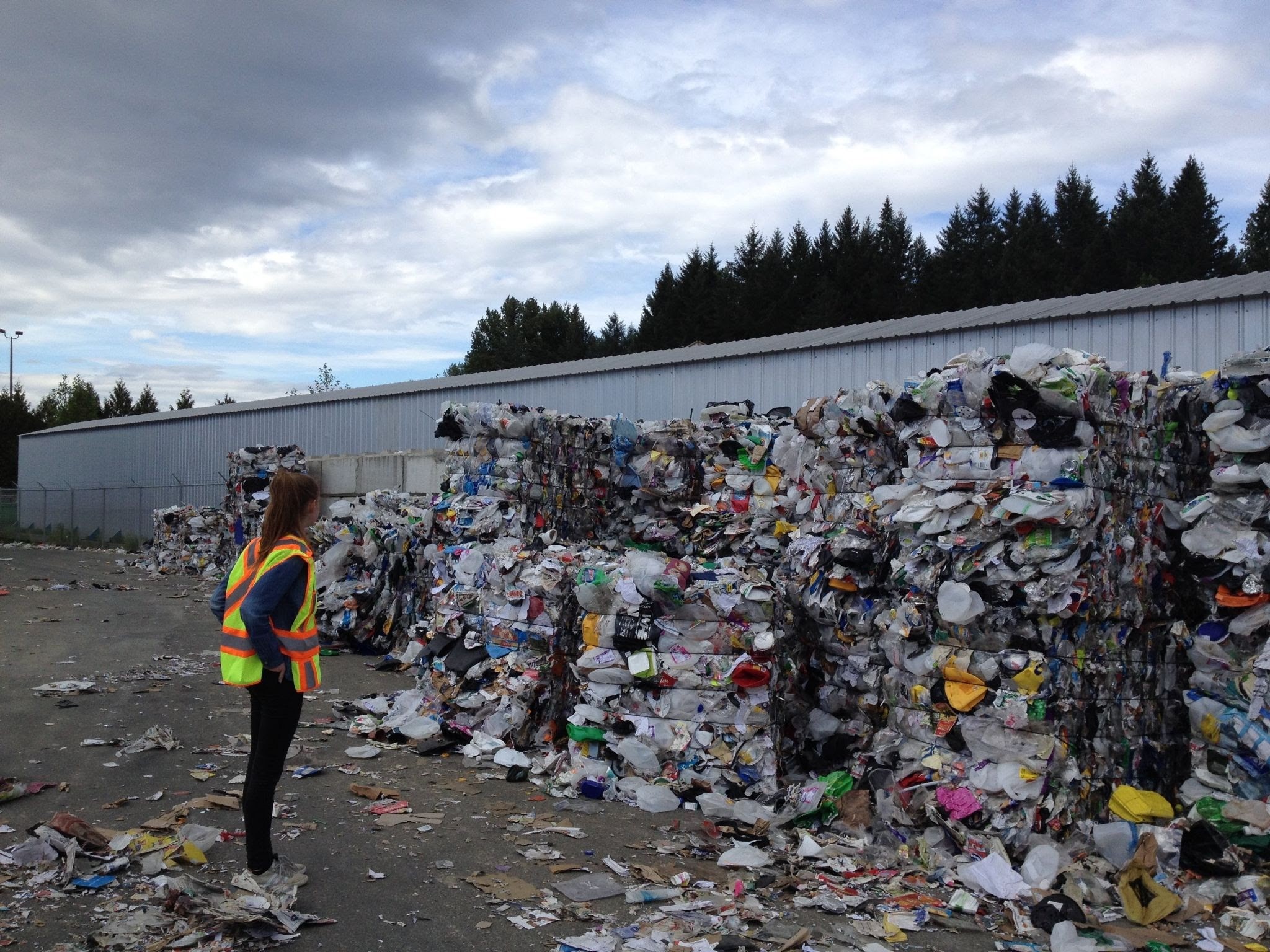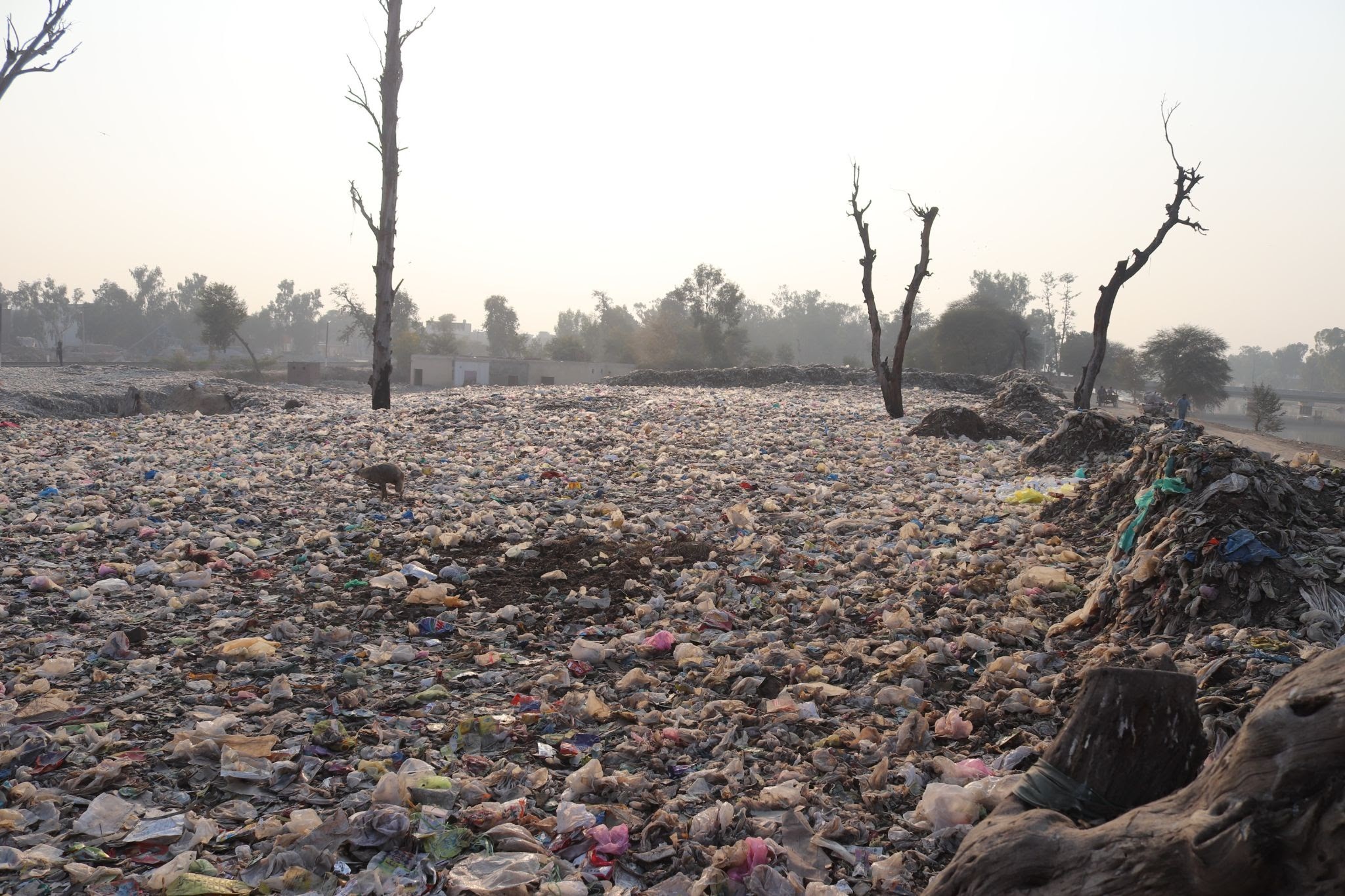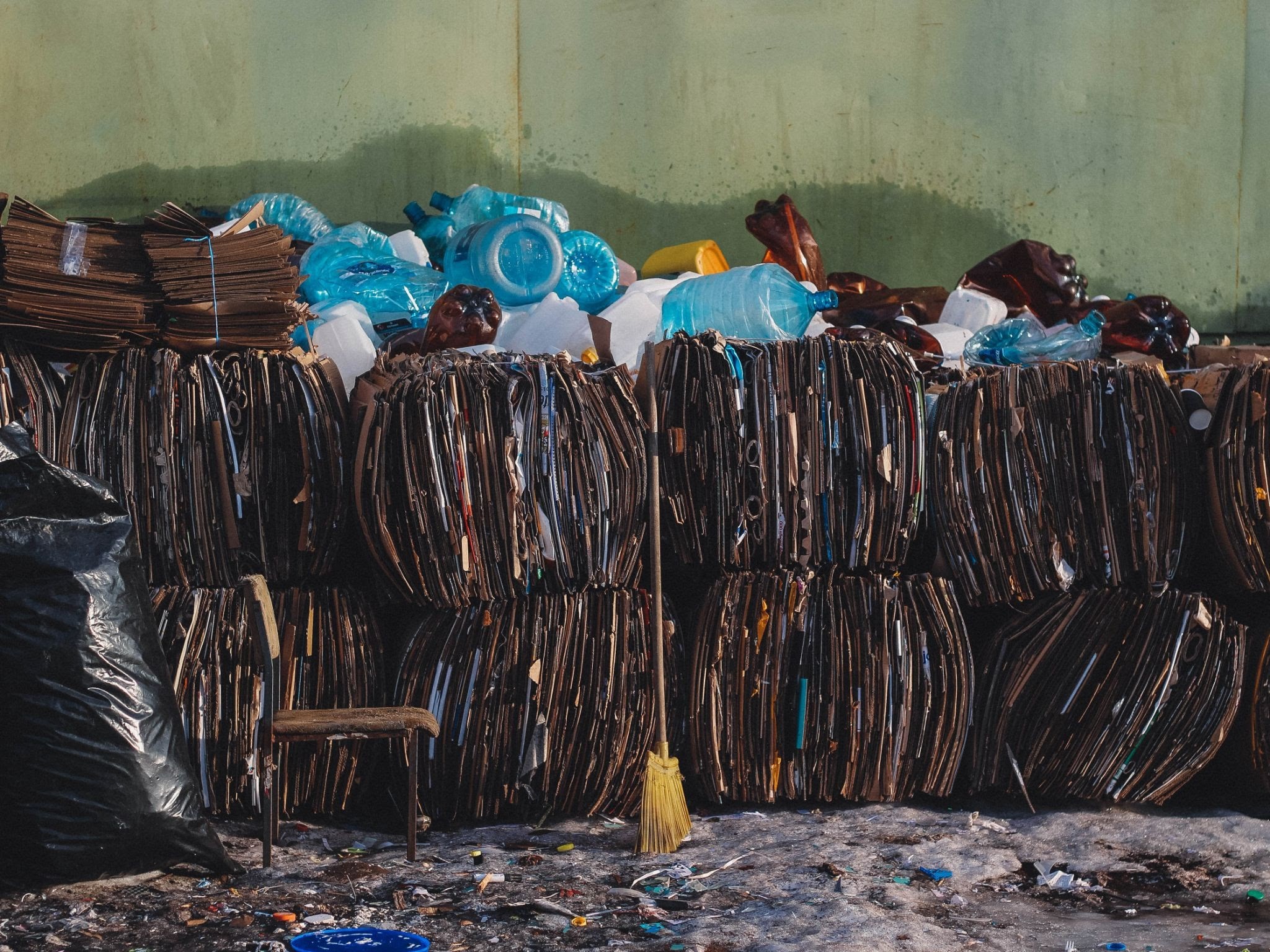We live in a time when technological advancements and research goes towards improving the current waste disposal systems. There has been remarkable progress towards achieving a greener environment. Many junk removal services and waste management companies are targeting to have zero waste disposed of in landfills by the year 2030.
Their main aim is to recycle junk and other waste to protect the environment. You can go here to learn more about efforts from junk removal services. As much as the green initiative is rolling in a bid to eliminate the use of landfills, they are still in use as a means of waste disposal.
They are a common waste management option in our society now. But you rarely see them as ideal waste disposal options. This is because of the known negative effects on the environment. Such include emitting poisonous gases, leaking harmful toxins to water reserves, and so on.
However, there are some fascinating facts about it that may actually surprise you! These are the 8 things you probably didn’t know about landfills we think you should know:
Table of Contents
There Aren’t Enough Landfills to Manage Waste
While we may think that there are way too many landfills than we need, the opposite is true. The ever-growing world population keeps generating more waste that ends up in landfills. This causes more and more to get full. The more landfills fill up, the more space we need for waste and junk. There’s a growing demand for junk removal which has made waste companies adopt modern solutions to counter this challenge. Despite waste collection centers and junk removal services switching to alternative disposal solutions, more landfills are necessary to help manage the disposal.
Landfills Are Resourceful
As the world seeks to meet the growing demand for sources of energy for industries and domestic use, it can be resourceful in this regard. The piles of decaying waste generate gases that you can harness to make power. Thanks to technology, a system of pipes channels the gas emissions to power generating stations. The same emissions go through refining further to produce gas. You can use these gases domestically and for industrial purposes.
Landfills Operate On Stringent Regulations

Contrary to the common beliefs that landfills are just dumped sites that are barely regulated by authorities, they are strongly regulated. It is true that in most developing countries, several landfill operate without conforming to safety regulations.
However, with the growing concern for environmental safety, authorities are now putting stringent measures in place. Since most landfills have strict regulations of safely managing this waste, most of the contaminants from waste are insecure conditions. This is to protect the environment.
Technology Helps In Landfill Management
As technology improves, the same impacts positively on waste management, more so at landfills. This has seen modern systems and software used to remotely monitor and control conditions on landfills for smoother and safer operations.
We now have GPS tracking and cameras aiding in the identification of landfill sites to guide the compaction of the sites when needed. This has enhanced safer waste management practices like over-dumping to protect the environment.
Landfills Are a Great Alternative When Other Junk Removal Methods Cannot Work

Different kinds of waste are disposed of differently. Some go for recycling, repurposing, donations to charity, or just go to waste management centers. The remaining waste has to be disposed of somewhere. This is where landfills come in handy. Because most landfills are from voids by quarries and other construction activities, they serve as great disposal alternatives.
Landfills Contribute To the Economy by Providing Job Opportunities
With so much waste generated from industrial activities, domestic waste, and junk removal, there is equally a lot of work . This means demand for more labor. From the guards, the clerical staff, machine operators, supervisors, and other manual laborers at landfills, there are more positions requiring human resources. They contribute to boosting the economy by providing many more job opportunities than we can imagine.
Landfills Protect the Environment from Contaminants
A lot of waste taken to landfills comes from domestic waste, construction waste, commercial waste, and junk removal services. The waste includes food items, general household waste, soil, yard waste, concrete, and construction debris, some of which react terribly. Normally if this waste were to land anywhere else without regulated management, it would pose environmental risks such as pollution. At landfills, the waste is safe to avoid negative impacts on the environment.
You Can Repurpose a Landfill into a Green Space
Depending on the volume and types of waste, It actually take a long to get filled up. But did you know that you could get green spaces out of filled-up landfills? Probably not. Whenever a landfill gets to its full capacity, people can rehabilitate it into a green space. Such include a community recreation facility or park. Talk of good things coming out of landfills!
Final Thoughts
Modern lifestyles generate a lot of waste. This waste needs proper handling to avoid polluting the environment. However, the current systems we have are still not sufficient to meet the growing demand for tons of waste. Waste management companies and junk removal services have tried to reduce waste accumulation by embracing recycling and other environmentally sustainable methods.
This has helped in making only what is necessary to end up in the limited landfills that are filling up by the day. So unless we do more in proper waste management by re-using, donating, and recycling waste and junk, landfills will remain a necessity in waste management.



